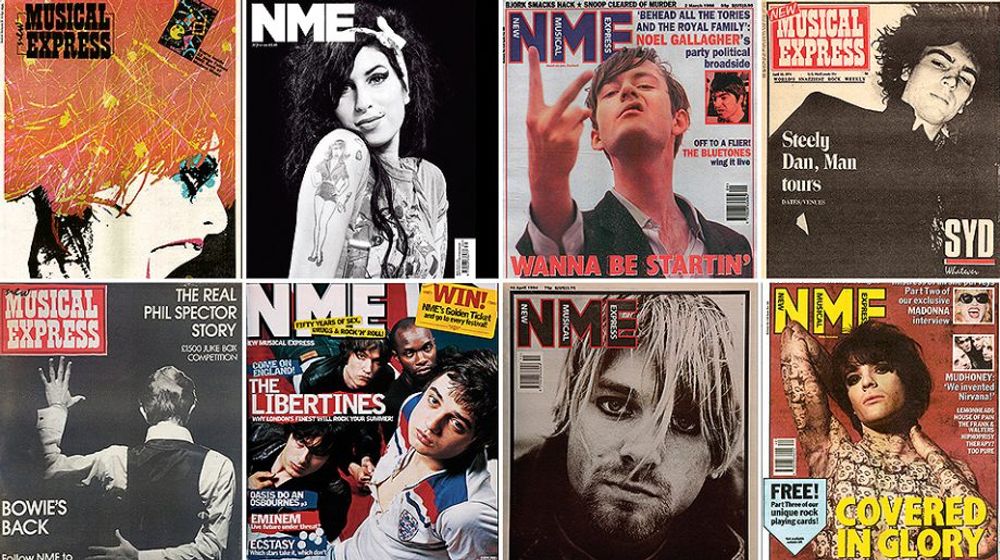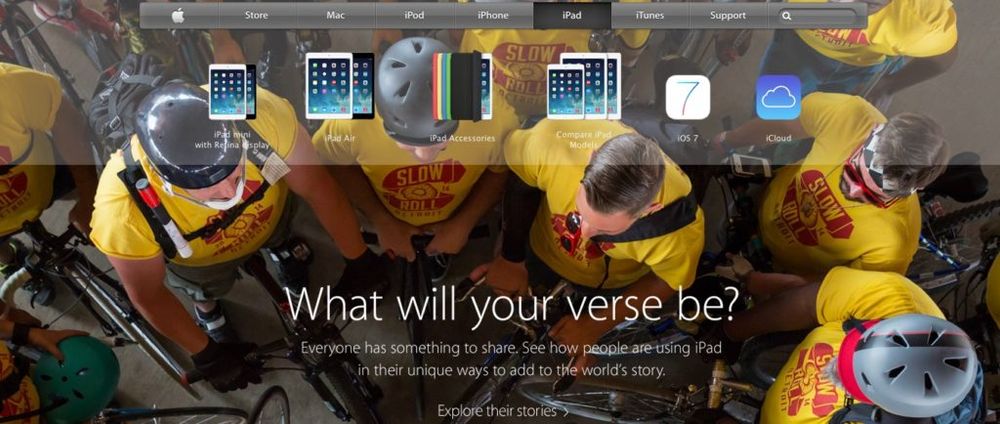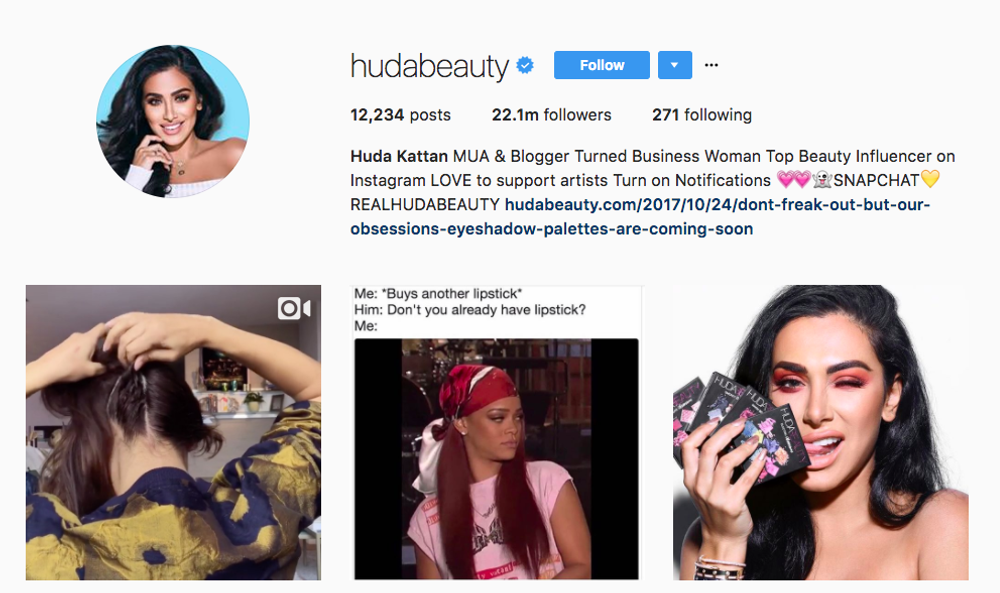Some of the best content being produced in the drinks industry in the future won’t come from traditional media outlets, but from drinks brands and companies looking at more imaginative ways they can stand out.
“Brands have to be like 24 hour news rooms now” if they want to keep in tune with the daily cultural cycle of events. That’s how award-winning advertising executive Mark Fiddes looks at the challenges and opportunities that products and businesses now have if they are to be heard and stand out in all the noise that is around them.
In the days before social media and the explosion in digital products that can keep us up to date with events almost before they even happen, the biggest goal of any brand was to do things and find ways that would get the most influential magazines, newspapers, TV and radio stations writing and talking about them.
The only power and influence they had was how innovative they could be to create a story that a traditional publishing outlet would then follow up on.
We’re all publishers now
Now, thanks to the complete digital overhaul in how we all access information every day, the traditional publishers are only part of the story, and, for some, an increasingly irrelevant part of it. Their publishing power has now been passed to us all. The mass use of the smartphone now means we have the ability to be publishers in our right, be it posts to Facebook and Twitter, or streaming a live feed from a sold out rock show.

In their pomp the music journalists on titles such as Sounds and NME were all powerful and knew before the fans what was going on. Not any more
Acclaimed UK music writer, David Hepworth, former presenter of the iconic BBC show The Old Grey Whistle Test and co-founder of highly influential magazines such as Smash Hits and Q, said he realised his days as a trend setter were gone the moment he found out via Twitter that Amy Winehouse had a new single out.
Before it would have been only him, and a select few of other highly admired music writers, that would have known that and it would have been down to them when they decided to tell their expectant fans about it. Now it was the fans that had found out first and he was one of the last to know. His career as he had known it, he says, was over.
Brands and businesses also now hold all the power in how they tell their own stories. Which on the one hand is exhilarating and exciting, but the reality, for so many, is overwhelming. Where on earth do you start? “We are experts in making or selling wine and spirits, we don’t know the first thing about how to be publishers and creating our own content to tell the world about it?”
Commercial suicide
Whilst it is an understandable response, it’s also commercial suicide to ignore the possibilities that self publishing and creating your own content now offers any business, regardless of size.
This is how Sarah Warby, the recent marketing director at Sainsbury’s, puts it: “If you are not feeling and acting like a publisher, you are missing a massive trick.”
It’s not only how consumers increasingly expect to be sold to, it makes them, often unwittingly, fiercely loyal to the brands that do it well. John Hall, chief executive of the US content marketing agency, Influence & Co, recently wrote in Forbes magazine that the most successful brands are using “content across the company as a tool to build lasting trust with (their) audiences”. “They use content the way it’s meant to be used: as a core tool for their entire business,” he added.
For some consumer-facing companies it is simply taking what you have already traditionally being doing to the next stage. It’s not enough just to invest all your money in having an all singing, dancing website. You need to find ways to get your target audience to come to that site to read it. You need to find ways to dice and split up that online content and push it out on the most appropriate publishing channels to reach the right customers.

Apple uses content created by its customers to help promote what its products can do
Some of the world’s biggest brands are leading the way. Apple, for example, allocated a $1billion budget to create its own content to help promote its different products in 2018. It’s probably why you have not seen it on TV as much recently, but popping up on your Twitter, Instagram and Facebook feeds.
The best examples of branded content are the ones that get their customers and consumers involved, inviting them to comment, vote, or even create content of their own and win prizes and special experiences for doing so.
The Marriott hotel chain uses former news crews, presenters and actors to create its own travel shows. It has even created its own short films, the most successful of which is a 25 minute story called The French Kiss all about staying in Paris which has attracted over six million views and resulted in £500,000 increase in bookings.
Wine content leaders
There are already a number of wine producers that are leading the way in creating their own content for both their trade customers and end consumers.
Possibly the most well known use of video content to cut through to an entirely new consumer base are the series of films produced by California’s Jordan Winery that have had their entire team taking part in a series of spoof Star Wars films, like Cab Wars. Videos that soon went viral and got picked up by mainsteam TV news shows, helping to bring a new audience to this traditional Californian winery.
Chile’s Santa Rita Estates has gone as far as recruiting a dedicated publishing content team with its own writers, journalists, photographers and film makers.
It holds weekly meetings between its winemakers and marketing team not to discuss how the vintage is doing, but to keep everyone in the business on top of the key consumer trends and changes in shopping behaviour in each of their target markets.
It has, for example, recently produced over 20 videos for the Irish convenience store chain, SuperValu, of its winemakers talking about the different wines it is selling in their stores.
Wine producers the world over are using short video sketches to bring to life what is happening in their vineyards.
The retail approach
Specialist wine retailers and wine merchants have long needed to produce their own tasting notes and winemaker profiles to tell their customers about the wines in their range. The most innovative and forward thinking of those players are now setting commercial targets and profit lines that their own created content has to hit.
Like the Majestic retail chain in the UK. Its content team will send out a number of mailers each day to a different customer base offering targeted promotions on key wines it believes will be most suited to what they are looking to buy. Each of those mailers will have their own revenue and profit targets based on the open rates and how many customers go on to make a purchase. If a particular mailer does not hit those goals then the team will change the style of headline, the size of the picture and look at which combination works best.
In just the same way the journalism team at Buzz Feed, the New York Post or the Daily Mail will change headlines, pictures and the line up of stories to keep the hits to their sites coming.
The influencer

Ever heard of her? Well 22.1 million people have. The power of social media influencers
A further example of just how far the traditional rules around who holds the power in publishing have been ripped up is the rise of the so-called influencer. Just take a look at this week’s news agenda and how much of it was created by individuals speaking out or publishing a video or a link to content that they have either produced themselves or think their followers will find interesting?
We have slowly but quietly become a consumer base of publishers and followers. A society where some of the most influential voices are not that of a multinational power brand, but a teenager posting up videos from their laptop in their bedroom. So called vloggers that can shut down city centres just by announcing they are going shopping in a particular store. (You can read Jackie Fast’s take on influencers on The Buyer here).
The rise of the ‘influencer’ has even created a new advertising and marketing sector where brands will now spend huge sums of money just to get the right ‘influencer’ to endorse or talk about their product. Money that used to be spent on taking out the prime advertising slot on TV.
So the content rules have changed. The challenge now is to work out the right approach for your brand and business. If you strip back everything you do then you are creating content every time you send or reply to an email. The tone of voice you have when you do can have ramifications for how the company is perceived to the outside world.
It is that style of content that everyone in the business needs to aspire to, but particularly anyone tasked with positing up Twitter announcements, or sharing a photo on Instagram. In this non-stop 24 hour brand news cycle every piece of content is being scrutinised, analysed, liked, or unliked.It’s up to you to get on top of it.
- This article was first published the Vinventions blog.
































